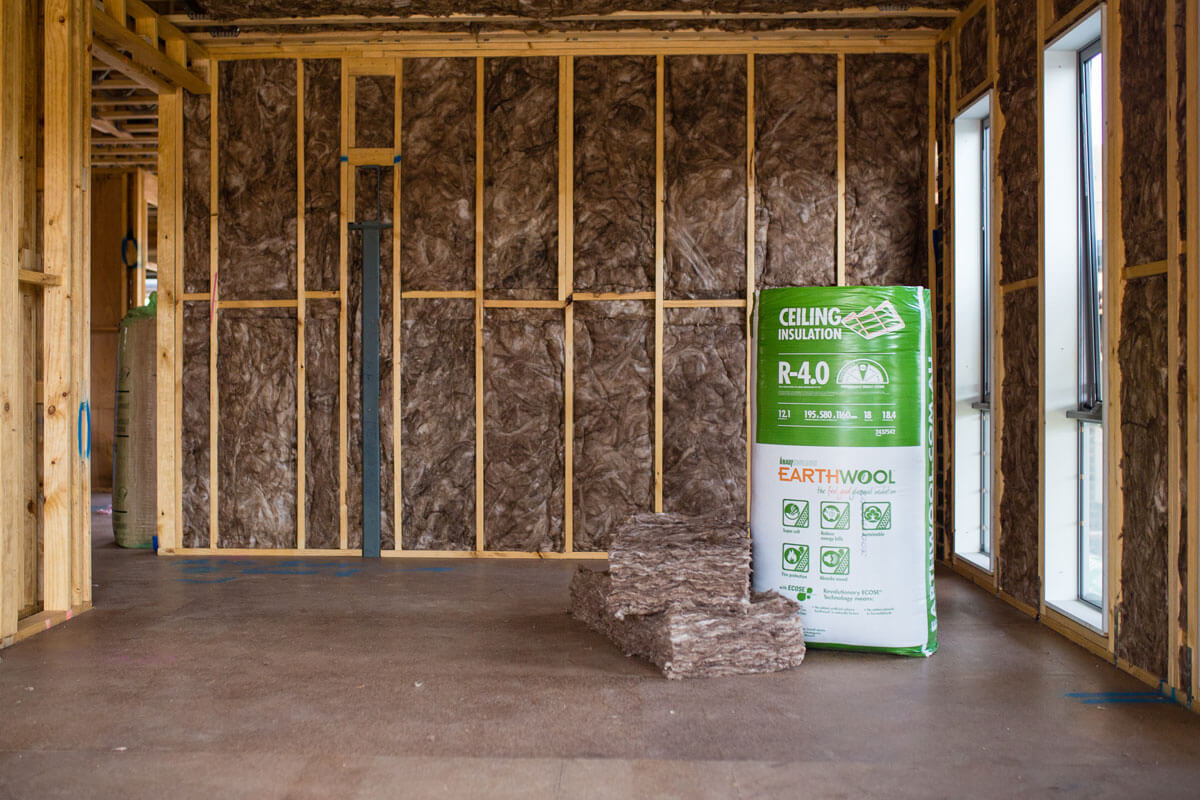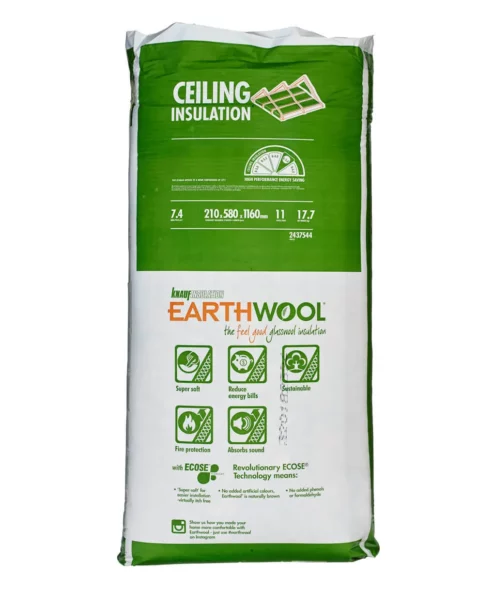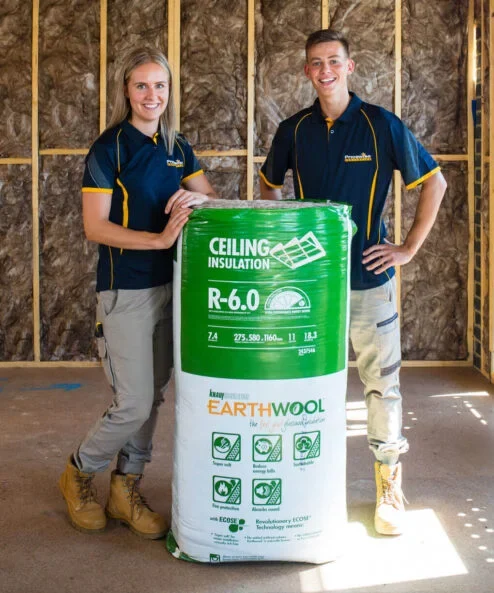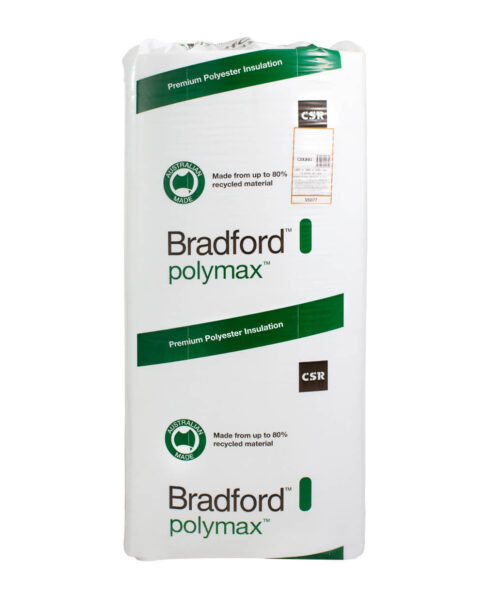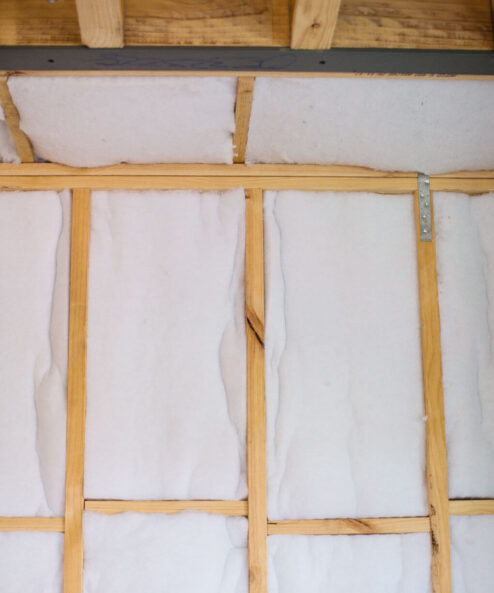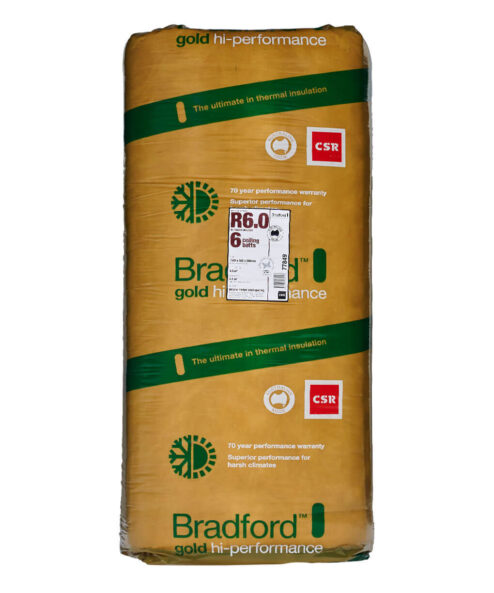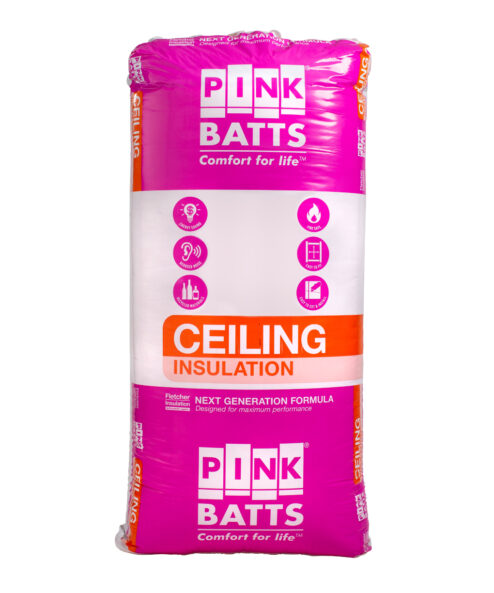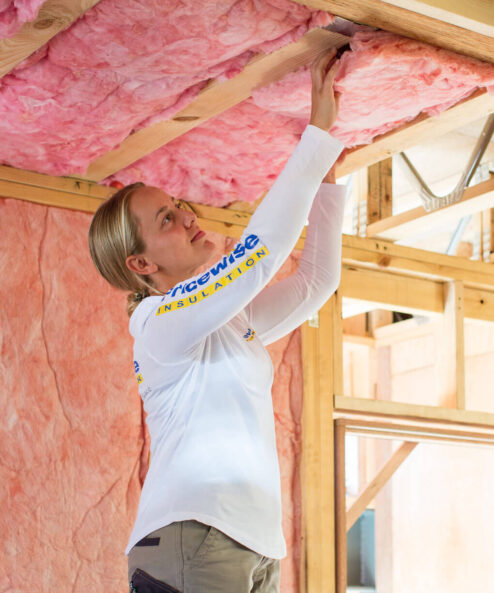Insulation Tips
What is a Climate Zone?
A climate zone is a category grouping of different areas into zones, by factors such as temperature ranges, humidity and rainfall. These and other climatic factors help to determine the type of insulation required (e.g. bulk insulation or reflective insulation) and which R-Value is required to maximise efficiency of the insulation and value for money for the home owner. In hot climates, reflective foil insulation is often used, and in cold climates, bulk insulation is considered essential. Very often however, both types can be used to good effect, providing year round thermal protection.
Are you living in a hot or cold climate?
Australia is divided broadly into 8 Climate Zones, ranging from the hot, humid areas of northern Australia, to the alpine areas in the south-east. Generally speaking, houses in extreme climates require a higher R-Value, while houses in milder climates require less. However the climate zone is only one of several factors to consider when deciding what insulation to use in your home insulation project. Other factors include the type and layout of the building, which building materials have been used, and shading from any nearby trees or buildings.
Case Study: Adelaide Climate Zone and Surrounding Area
While the State of South Australia consists almost entirely of vast arid and semi-arid ranges (Climate Zone 4, or “Hot dry summer, cool winter”, all of the actual urban centre itself is classed as Climate Zone 5, which is defined simply as Warm temperature’. The region immediately North-East, East and South-East of the urban centre of Adelaide fall within the Mild temperature Climate Zone 6. Of course the zoning doesn’t categorically define the optimal insulation R-Value for the given area, but it forms a basis to determine the minimum accepted R-Value in each Australian climate zone.



